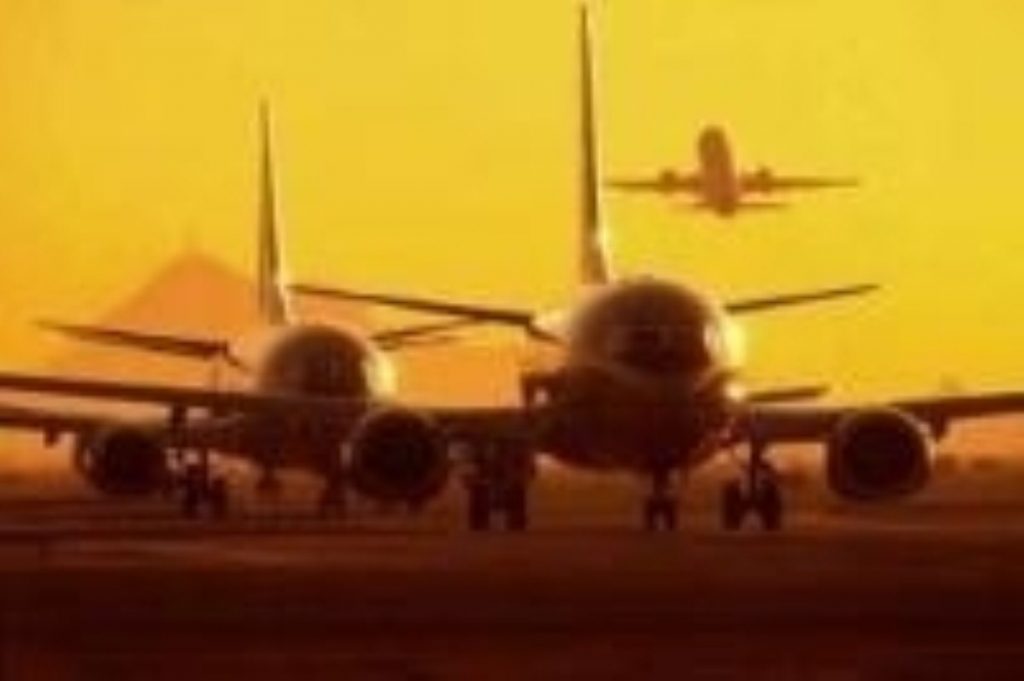Force field to repel hijacked planes
Creating a virtual bubble to enforce a no-fly zone around likely terrorist targets could prevent aircraft being used as weapons, according to scientists working on an innovative Soft Walls system.
Rather than building anti-aircraft missile batteries or installing pilot-less plane technology in passenger aircraft to thwart a potential hijacker’s suicide mission, this approach to the post 9/11 problem exploits the ‘fly-by-wire’ technology found in modern aircraft.
Soft Walls intervenes in the system that translates pilots’ manipulation of cockpit controls into computer code that directly controls the aircraft. By checking information from the plane’s existing navigation and GPS systems against a database of forbidden airspace zones, the system will repel pilot and craft from unauthorised areas.
“The idea is to constrain the airspace within which an aircraft can fly while maintaining the maximum amount of pilot authority”, explains Professor Edward Lee from the UC Berkeley’s Center for Hybrid and Embedded Software Systems.


If the system detects the plane is headed for a no-fly zone, the pilot will first be alerted. But if the pilot repeatedly fails to comply and maintains the plane’s flight path, “the controls will eventually saturate and the aircraft will be diverted,” Prof Lee explains.
The effect will be the impression that the pilot is being buffeted by an invisible force field or strong wind that is redirecting the aircraft without taking over completely, allowing the pilot to maintain “fine-grain control” and avoid dangers like a mid-air collision with another plane that may be in the no-fly zone.
“We have viable control algorithms and a strategy for figuring out how to blend the pilot’s input with the control system,” Prof Lee explains.
The system’s self-contained nature also avoids reliance on air traffic control infrastructure or networking technology, which are vulnerable to radio jamming or breaching of ground control security.
However, much work remains for the team to ensure the system’s total security, and collaboration with flight navigation system experts is aimed at foiling any attempt to jam the plane’s GPS, or fool the system in to thinking it is in a different location.
The team reports Boeing and Honeywell are interested in the system, but predicts that pilots will be the most difficult to convince.
“There’s a 2000 year-old tradition of a ship’s captain that gives a pilot tremendous authority on board a craft,” he says. “There’s a lot of suspicion in aviation of any technique that attempts to limit that authority in any way.”

